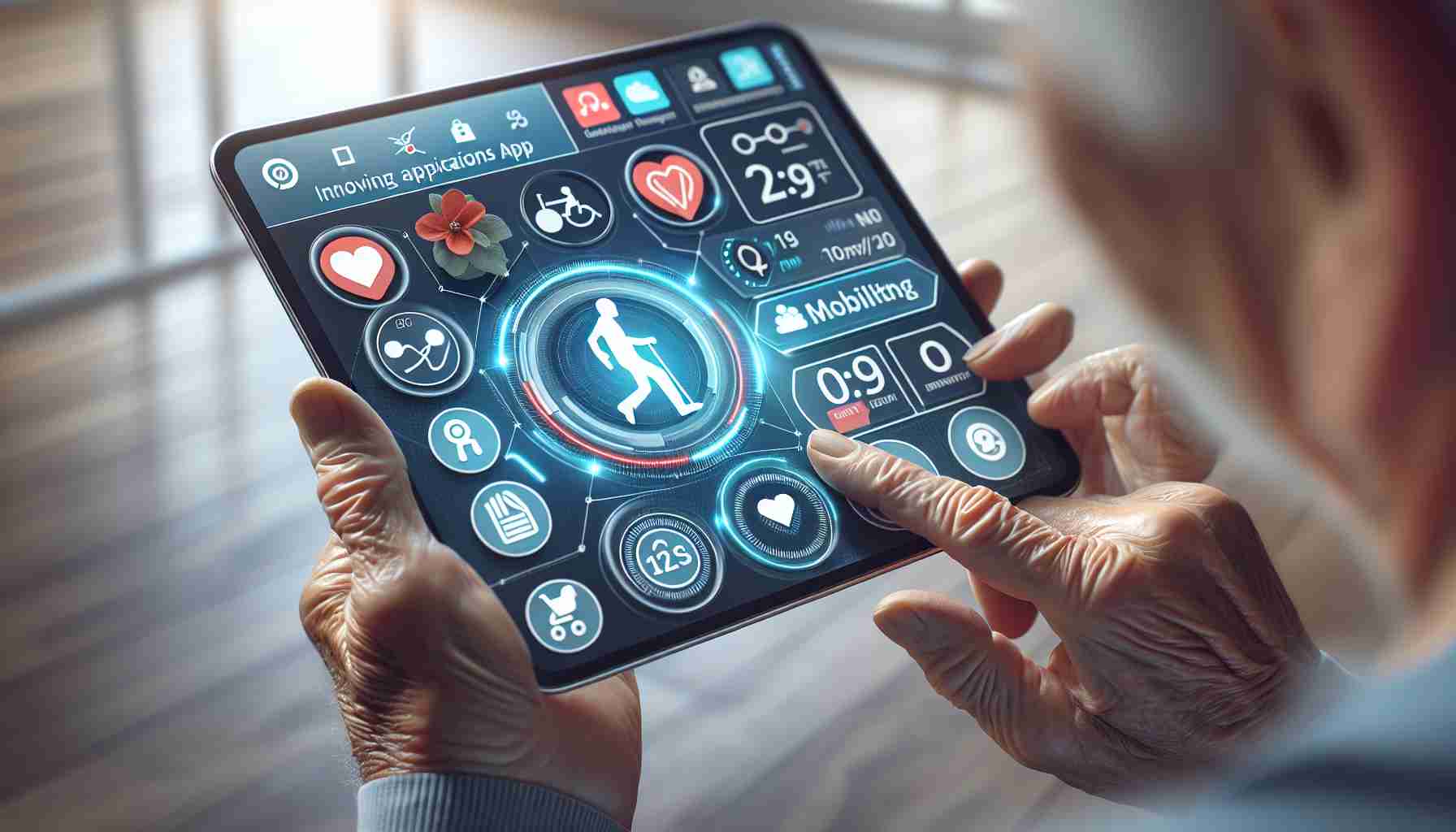Enhancing Senior Safety through Technology
In Duluth, Minnesota, senior citizens are embracing an innovative solution designed to prevent the common and hazardous issue of falls among the elderly. As people age, the risk of injury from falls increases significantly, with the CDC reporting that falls are the primary cause of injury in individuals aged 65 and above.
At Ecumen Lakeshore, an independent living facility, residents are being introduced to a state-of-the-art app called OneStep. This app utilizes inbuilt smartphone sensors to analyze and improve the user’s mobility. Hank Noordzy, 85, from Duluth, is among the residents who have experienced the benefits of the OneStep app. He attended a demonstration at the clinic to better understand how the app can support his independence.
The app is spearheaded by attentive physical therapists like Barrett Reif, who believes that OneStep can pinpoint the precise areas where a person’s movement is lacking. By assessing a series of movements, the app can create a detailed mobility profile, potentially forestalling future problems related to walking and balance.
Moreover, the application’s continuous monitoring capability enables it to track the user’s walking patterns in real-time, allowing for a broader analysis of their movement health. This function is crucial for establishing a health baseline well before any signs of mobility issues surface.
Carolyn Hansen from St. Luke’s Hospital notes the psychological impact of falls. Even minor incidents can instill a fear of falling, leading individuals to avoid situations where their balance might be challenged. By proactively addressing these fears and preventing falls, apps like OneStep can greatly enhance the quality and longevity of life for older adults.
Questions and Answers:
– Q: What are the risk factors that contribute to falls among seniors?
A: Age-related issues such as muscle weakness, balance disorders, vision impairment, chronic conditions like arthritis, cognitive impairment, and environmental factors like poor lighting and trip hazards are significant contributors.
– Q: How does the OneStep app work?
A: Using smartphone sensors, the app monitors and assesses a user’s gait and balance by evaluating their movements. It then provides a mobility profile and may offer suggested exercises or precautions.
– Q: What are the advantages of using apps like OneStep for senior citizens?
A: These apps can predict and prevent falls, improve confidence in mobility, maintain independence, offer real-time tracking of walking patterns, and provide a resource for physical therapists to customize care.
– Q: What are some potential disadvantages of tech-based solutions like OneStep?
A: There may be concerns regarding privacy and data security, a learning curve for less tech-savvy seniors, the requirement of always carrying a smartphone, and the reliance on technology may substitute rather than complement traditional therapy.
Key Challenges and Controversies:
– Adoption: Encouraging older adults to embrace technology can be challenging due to varying degrees of tech literacy.
– Accessibility: Not all seniors have access to smartphones or the internet, which are required for these apps.
– Privacy: Concerns may arise about how the collected data is used and stored.
– Evidence of Effectiveness: There may be skepticism regarding whether mobile apps can genuinely reduce the incidence of falls.
Advantages and Disadvantages:
Advantages:
– Predictive Analysis: Apps like OneStep can analyze risk factors for falls and suggest preventive measures.
– Independence: This technology can help seniors maintain their independence by staying mobile and safe.
– Real-time Monitoring: Continuous monitoring can provide a dynamic understanding of the user’s mobility health.
Disadvantages:
– Technology Dependence: There is a risk of becoming over-reliant on an app for safety, which might neglect other aspects of fall prevention, such as home modifications.
– Data Privacy: Concerns about how the data gathered by these apps are being used and safeguarded.
– Physical Therapy Balance: There is a need to ensure that these apps supplement rather than replace traditional physical therapy practices.
If you want to explore more about the topic, please visit the CDC’s page on fall prevention for older adults: CDC. For technology solutions aimed at improving senior health, you might want to visit organizations like AARP: AARP. Always ensure that you are visiting legitimate and secure websites for accurate information and resources.
